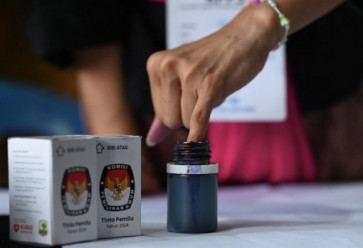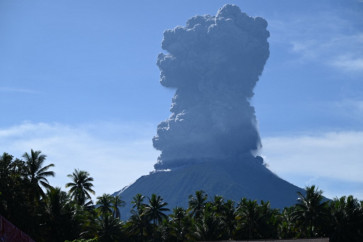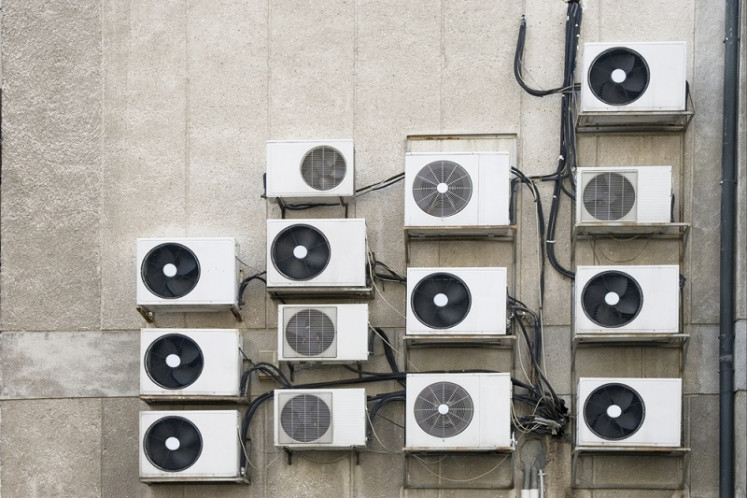Dealing with typhoon Haiyan: Emergency relief and recovery
Typhoon Haiyan has devastated many parts of the Philippines, reportedly having already resulted in the loss of between 2,000 and 2,500 lives
Change Size

Typhoon Haiyan has devastated many parts of the Philippines, reportedly having already resulted in the loss of between 2,000 and 2,500 lives. About 70 to 80 percent of homes and structures have also been destroyed, making the typhoon one of the country's deadliest natural disasters.
The country is indeed vulnerable to tropical storms and typhoons. The Philippine Atmospheric, Geophysical and Astronomical Services Administration (PAGASA) recorded that between 1948 and 2012, about 1250 typhoons had swept the country.
The previous deadliest Philippine storm, Thelma, claimed 5,100 lives in the central Philippines in 1991.
Thanks to an early warning system, scientists at the US Navy/Air Force's joint typhoon warning center were able to predict the movement of Typhoon Haiyan.
Due to the alert, Philippine authorities moved 800,000 people to evacuation centers. But the buildings were apparently not strong enough to withstand the winds and ocean waves that swept the coastline.
In the case of the Indian Ocean tsunami in 2004, the massive casualties were the result of a lack of an early warning system, with a response time of only about 40 minutes after the earthquake struck.
More than 220,000 people were confirmed dead and missing, mostly in Aceh. The most crucial issues at the time were the absence of evacuation buildings, which was understandable as the people did not have experience in dealing with tsunamis.
Despite the Philippines having a good disaster alert system, it was still not able to reduce the impact of the typhoon.
We could learn from how India prepares for disasters. Around 76 percent of India's coastline is prone to cyclones and tsunamis, while 59 percent of the country is vulnerable to earthquakes, 10 percent to floods and river erosion and 68 percent to droughts.
A storm of comparable strength to that of Haiyan, cyclone Phailin hit the eastern coast of India last month. It claimed about 50 lives and nearly 250,000 houses and over 860,000 hectares of cropland was destroyed.
India's disaster preparedness was due in large part to the lessons learned after a powerful cyclone struck and killed 10,000 people in 1999.
In dealing with cyclone Phailin, India evacuated around one million people to new shelters that had been built by its disaster management department and sturdy schools as well as government buildings.
The government utilized a lot of personnel in the field to help people. Top officials in the relevant districts were provided with satellite phones to prevent communication breakdowns.
Furthermore, India developed technology that enabled forecasters to accurately predict weather seven days in advance. More than 40 aid agencies and charities helped with post-disaster relief.
Humanitarian organizations such as the Indian Red Cross also played an instrumental role in mobilizing thousands of volunteers across the cyclone-prone region trained in first aid. Drills are regularly organized so people know what to do when an alert is issued.
Based on experience in the field, it is apparent that the most affected by Typhoon Haiyan have been areas populated by the poor.
As marginalized and poor segments of the population inhabit these hazard-prone areas, increased vulnerability is placed disproportionally on disadvantaged segments of the population.
In turn, emergency relief efforts should be followed by efforts to rehabilitate all aspects of the lives of those affected in addition to the continuous reconstruction and restoration of the regions.
India and Indonesia can offer the Philippines perspectives in ways to cope with the recovery issues. The table above is a comparative analysis of the three different disasters experienced by India, Indonesia and the Philippines.
It is crucial for the international community to help the Philippines recover from the disaster.
But more importantly, we should support and let the local people lead the recovery through community-based development.
___________________
The writer is studying urban and regional planning at the University of Hawaii at Manoa, Honolulu.









